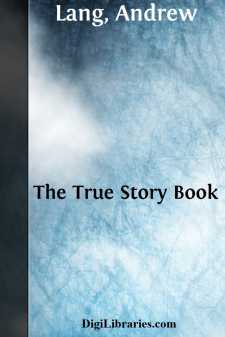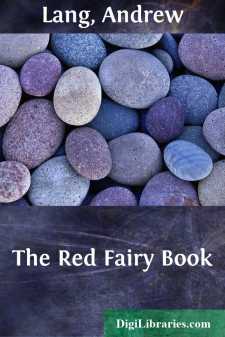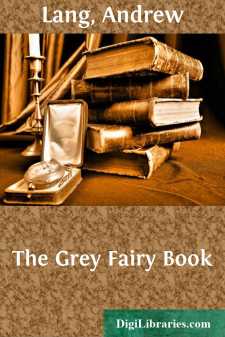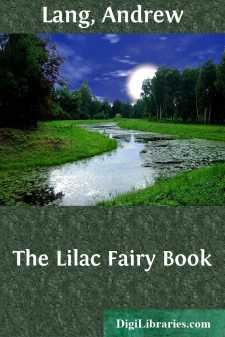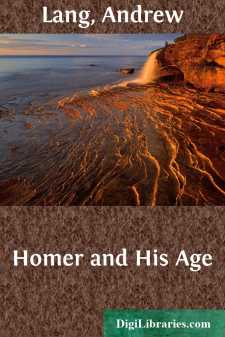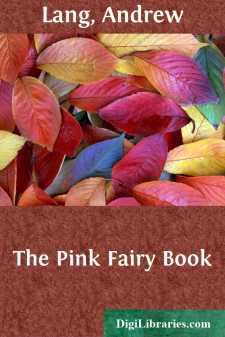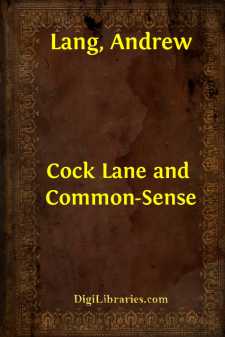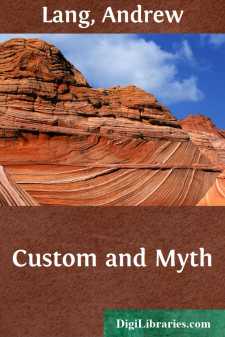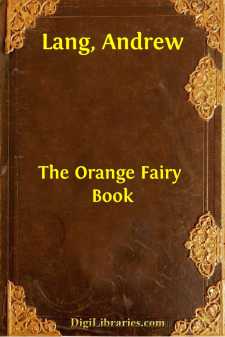Categories
- Antiques & Collectibles 13
- Architecture 36
- Art 48
- Bibles 22
- Biography & Autobiography 813
- Body, Mind & Spirit 142
- Business & Economics 28
- Children's Books 17
- Children's Fiction 14
- Computers 4
- Cooking 94
- Crafts & Hobbies 4
- Drama 346
- Education 46
- Family & Relationships 57
- Fiction 11829
- Games 19
- Gardening 17
- Health & Fitness 34
- History 1377
- House & Home 1
- Humor 147
- Juvenile Fiction 1873
- Juvenile Nonfiction 202
- Language Arts & Disciplines 88
- Law 16
- Literary Collections 686
- Literary Criticism 179
- Mathematics 13
- Medical 41
- Music 40
- Nature 179
- Non-Classifiable 1768
- Performing Arts 7
- Periodicals 1453
- Philosophy 64
- Photography 2
- Poetry 896
- Political Science 203
- Psychology 42
- Reference 154
- Religion 513
- Science 126
- Self-Help 84
- Social Science 81
- Sports & Recreation 34
- Study Aids 3
- Technology & Engineering 59
- Transportation 23
- Travel 463
- True Crime 29
The True Story Book
by: Andrew Lang
Description:
Excerpt
INTRODUCTION
Itis not without diffidence that the editor offersThe True Story Bookto children. We have now given them three fairy books, and their very kind and flattering letters to the editor prove, not only that they like the three fairy books, but that they clamour for more. What disappointment, then, to receive a volume full of adventures which actually happened to real people! There is not a dragon in the collection, nor even a giant; witches, here, play no part, and almost all the characters are grown up. On the other hand, if we have no fairies, we have princes in plenty, and a sweeter young prince than Tearlach (as far as this part of his story goes) the editor flatters himself that you shall nowhere find, not in Grimm, or Dasent, or Perrault. Still, it cannot be denied that true stories are not so good as fairy tales. They do not always end happily, and, what is worse, they do remind a young student of lessons and schoolrooms. A child may fear that he is being taught under a specious pretence of diversion, and that learning is being thrust on him under the disguise of entertainment. Prince Charlie and Cortés may be asked about in examinations, whereas no examiner has hitherto set questions on 'Blue Beard,' or 'Heart of Ice,' or 'The Red Etin of Ireland.' There is, to be honest, no way of getting over this difficulty. But the editor vows that he does not mean to teach anybody, and he has tried to mix the storiesup so much that no clear and consecutive view of history can possibly be obtained from them; moreover, when history does come in, it is not the kind of history favoured most by examiners. They seldom set questions on the conquest of Mexico, for example.That is a very long story, but, to the editor's taste, it is simply the best true story in the world, the most unlikely, and the most romantic. For who could have supposed that the new-found world of the West held all that wealth of treasure, emeralds and gold, all those people, so beautiful and brave, so courteous and cruel, with their terrible gods, hideous human sacrifices, and almost Christian prayers? That a handful of Spaniards, themselves mistaken for children of a white god, should have crossed the sea, should have found a lovely lady, as in a fairy tale, ready to lead them to victory, should have planted the cross on the shambles of Huitzilopochtli, after that wild battle on the temple crest, should have been driven in rout from, and then recaptured, the Venice of the West, the lake city of Mexico—all this is as strange, as unlooked for, as any story of adventures in a new planet could be. No invention of fights and wanderings in Noman's land, no search for the mines of Solomon the king, can approach, for strangeness and romance, this tale, which is true, and vouched for by Spanish conquerors like Bernal Diaz, and by native historians like Ixtlilochitl, and by later missionaries like Sahagun. Cortés is the great original of all treasure-hunters and explorers in fiction, and here no feigned tale can be the equal of the real....


